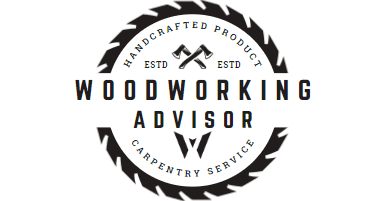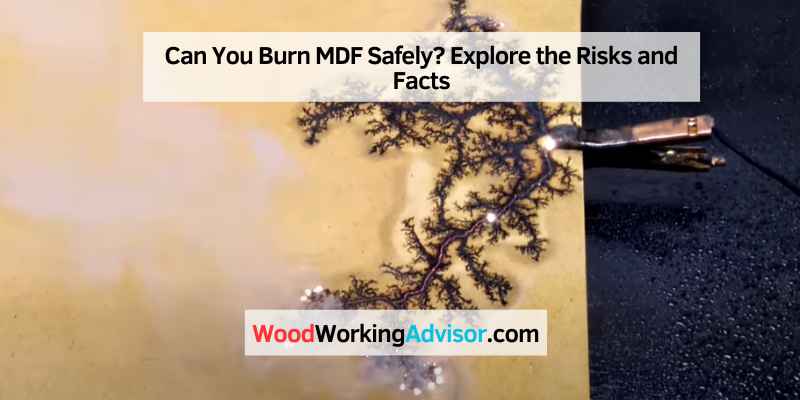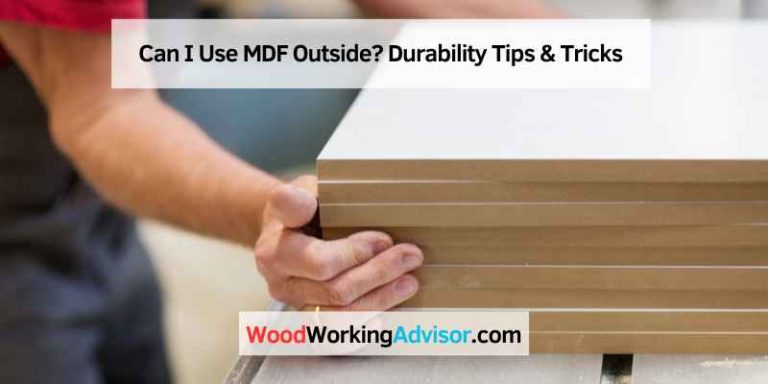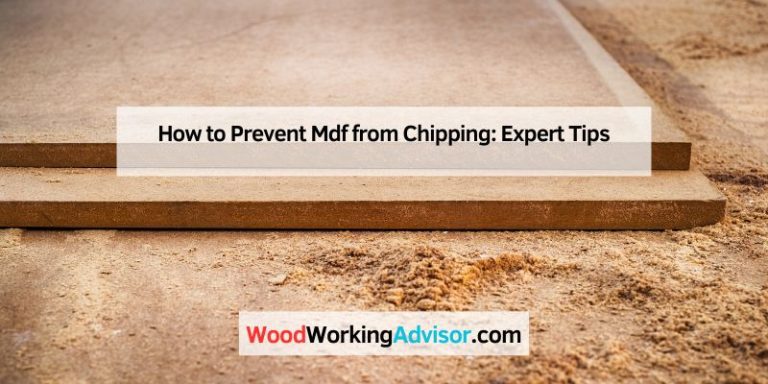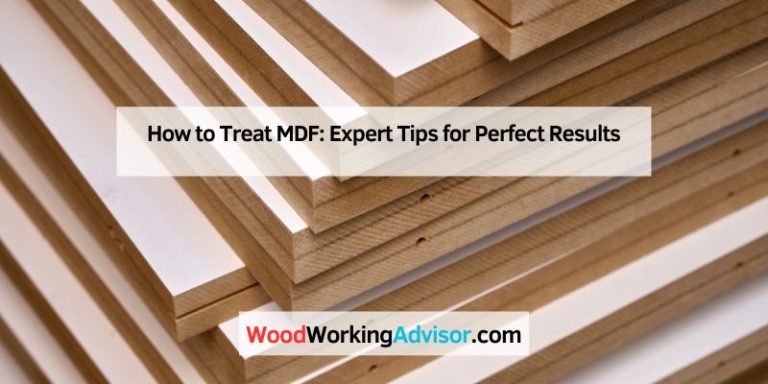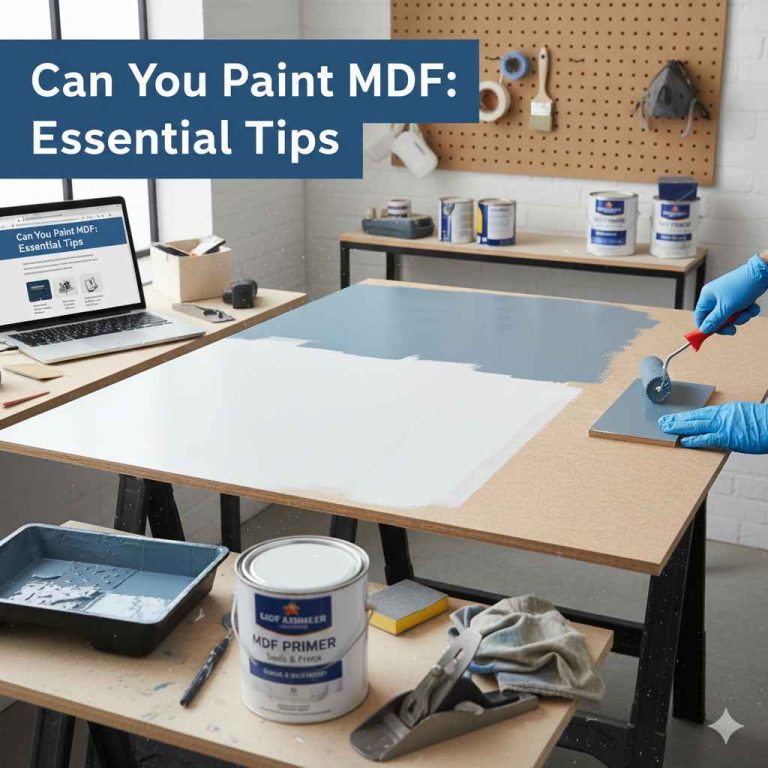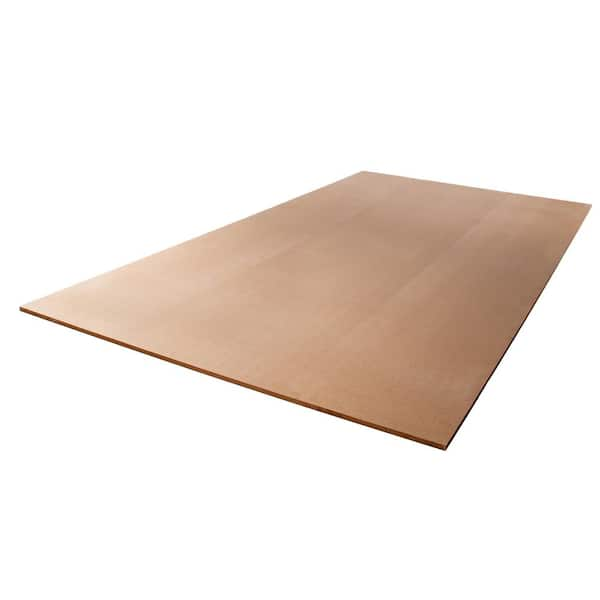Can You Burn MDF Safely? Explore the Risks and Facts
Burning MDF is not recommended as it releases toxic gases harmful to health and the environment. MDF should not be burned due to the toxic fumes it emits.
When burned, MDF releases harmful chemicals used in its manufacture, making it unsafe for burning. It’s crucial to avoid burning MDF to prevent exposure to toxic gases. Not only is burning MDF harmful to health, but it also poses risks to the environment.
Proper disposal methods should be followed to ensure safety and environmental protection.
The Composition Of MDF
Medium-density fiberboard (MDF) is a popular material used in various woodworking projects due to its affordability and versatility. It is made by compressing wood fibers and resin under high pressure and temperature. Understanding the composition of MDF is essential, especially when it comes to its burnability.
Materials In MDF
MDF is primarily composed of wood fibers, which are obtained from different sources such as hardwood and softwood. These fibers are finely ground and mixed with a resin binder to create a homogeneous mixture. The wood fibers provide strength and durability to the MDF, making it a reliable choice for many applications.
The resin binder used in MDF production is typically urea-formaldehyde or phenol-formaldehyde. This resin acts as a glue, binding the wood fibers together during the manufacturing process. The resin also contributes to the overall density and stability of the MDF.
Why Resins And Glues Matter
The choice of resins and glues in MDF production is crucial because it directly affects the burnability of the material. When MDF is burned, the resin and glue components release toxic gases, which can be harmful to both humans and the environment.
Urea-formaldehyde and phenol-formaldehyde resins are known to produce formaldehyde gas when heated. Formaldehyde is a volatile organic compound (VOC) that can cause respiratory issues and eye irritation. In addition, the combustion of these resins can release other harmful gases, including carbon monoxide and nitrogen oxides.
Therefore, it is important to avoid burning MDF, especially in enclosed spaces or without proper ventilation. Instead, consider recycling or disposing of MDF through appropriate channels to minimize the release of harmful pollutants.
Furthermore, when working with MDF, it is recommended to take necessary precautions such as wearing a mask and working in a well-ventilated area to reduce exposure to the potential toxins present in the material.
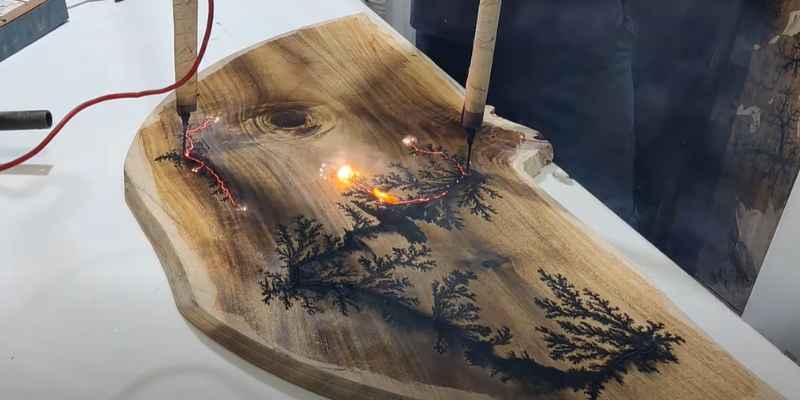
Health Risks Of Burning MDF
Burning MDF can pose serious health risks as it releases toxic gases due to the resin and chemicals used in its manufacturing process. These gases are harmful to both humans and the environment, making it important to avoid burning MDF to prevent exposure to these hazards.
Toxic Gases Released
Burning Medium-Density Fiberboard (MDF) can release toxic gases into the air. MDF is made from wood fibers that are bonded together using resins and chemicals. When MDF is burned, these binding and curing chemicals decompose and release harmful gases.
Some of the toxic gases that can be released when burning MDF include formaldehyde, which is a known carcinogen, and volatile organic compounds (VOCs) such as benzene and toluene. These gases can have serious health effects when inhaled, ranging from respiratory irritation to more severe long-term health issues.
Impact On Human Health
Inhaling the toxic gases released from burning MDF can have a detrimental impact on human health. The short-term effects can include irritation of the eyes, nose, and throat, as well as respiratory issues such as coughing, wheezing, and shortness of breath.
Long-term exposure to these toxic gases can lead to more serious health problems. Prolonged inhalation of formaldehyde, for example, has been linked to an increased risk of developing certain types of cancer, including nasal and throat cancer.
It is important to note that the impact on human health can vary depending on the duration and intensity of exposure to the toxic gases. However, it is always recommended to avoid burning MDF and opt for safer disposal methods.
To protect your health and the environment, it is crucial to handle and dispose of MDF properly. This means avoiding burning MDF and instead opting for recycling or landfill disposal methods. By doing so, you can help minimize the release of toxic gases and protect both yourself and those around you.
In conclusion, burning MDF can have significant health risks due to the toxic gases released during the combustion process. It is important to prioritize safety and proper disposal methods to minimize these risks and protect our health and the environment.
Environmental Impact
Burning MDF releases toxic gases due to the resin and chemicals used in its production, posing harm to the environment. It’s best to avoid burning MDF and opt for safer disposal methods to minimize the environmental impact.
Air Quality Concerns
Burning MDF releases harmful chemicals into the air, including formaldehyde, carbon monoxide, and volatile organic compounds (VOCs). These chemicals can cause respiratory problems, headaches, and other health issues for humans and animals exposed to the smoke.
Furthermore, MDF is often treated with fire retardants that can release even more toxic fumes when burned. This makes it important to avoid burning MDF in fireplaces, stoves, or outdoor fires.
Long-term Environmental Effects
The environmental impact of burning MDF goes beyond just air quality concerns. The chemicals released during combustion can also contribute to acid rain and smog, which can harm plants and animals and damage buildings and other structures.
In addition, burning MDF contributes to greenhouse gas emissions, which can contribute to climate change and have long-lasting effects on the environment.
Overall, it’s important to avoid burning MDF in order to protect both human health and the environment. Instead, consider recycling or repurposing MDF scraps, or disposing of them properly according to your local regulations.
Legal And Safety Regulations
When it comes to burning materials like MDF, it is essential to be aware of the legal and safety regulations in place. Proper adherence to these regulations is crucial to prevent potential hazards and ensure a safe environment.
Burning Restrictions
- Avoid burning MDF: Due to the toxic gases released during combustion, it is not recommended to burn MDF.
- Legal implications: Many jurisdictions have restrictions on burning certain materials like MDF due to environmental concerns.
Workplace Safety Standards
- Proper ventilation: Ensure adequate ventilation when working with MDF to prevent exposure to harmful fumes.
- Protective gear: Use appropriate protective equipment such as masks and gloves when handling MDF to avoid health risks.
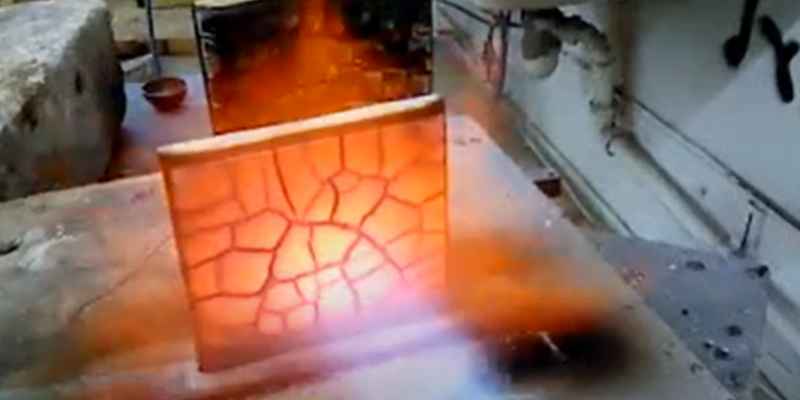
Alternatives To Burning MDF
If you are looking for alternatives to burning MDF, there are several environmentally friendly options that you can consider. Burning MDF can release toxic gases and harmful chemicals into the air, posing health risks and environmental hazards. Here are some alternatives to burning MDF that you can explore:
Recycling And Disposal
When it comes to MDF disposal, recycling is an excellent alternative to burning. Many recycling facilities accept MDF and can process it into new products. Recycling MDF not only helps to reduce the environmental impact but also conserves natural resources. Additionally, some waste management companies offer MDF disposal services, ensuring that the material is handled and disposed of properly.
Creative Reuse Ideas
Instead of burning MDF, consider exploring creative reuse ideas that can give your MDF products a new life. Repurposing MDF for DIY projects, crafting, or home improvement can be a sustainable way to utilize the material without resorting to burning. You can transform MDF into furniture, shelving, decorative items, or even use it for art projects. By finding innovative ways to reuse MDF, you contribute to reducing waste and promoting sustainability.
Precautions When Handling MDF
When working with Medium-Density Fiberboard (MDF), it’s crucial to take necessary precautions to ensure safety. Handling MDF can release toxic fumes, so it’s essential to follow safe storage practices and use the appropriate protective gear. Let’s delve into the precautions to consider when dealing with MDF.
Safe Storage Practices
Store MDF in a dry, well-ventilated area to prevent moisture buildup, which can lead to mold growth. Keep it away from direct sunlight and extreme temperatures to maintain its structural integrity.
Protective Gear Recommendations
When working with MDF, wear a respirator mask to prevent inhalation of harmful dust particles. Additionally, use safety goggles to shield your eyes from any flying debris during cutting or sanding processes.
Frequently Asked Questions
Is Burning MDF Toxic?
Burning MDF is toxic due to the resin, releasing harmful gases into the environment. Avoid burning MDF.
Is MDF Good For Kindling?
Burning MDF is not recommended for kindling due to the release of toxic gases when burnt.
Why Can MDF Not Be Burned?
Burning MDF releases toxic gases due to the chemicals used in its manufacturing. It is not safe.
Can You Burn MDF Briquettes?
It is not recommended to burn MDF briquettes as they contain glues and resins that can release toxic gases when burned. These gases can be harmful to both the environment and human health. It is best to avoid burning MDF, chipboard or any treated woods such as painted timber or pallets.
Instead, consider recycling or repurposing them into useful secondary products.
Conclusion
Burning MDF is not recommended due to toxic gases released from resin. It’s best to avoid burning MDF for safety reasons and environmental impact. Consider alternative disposal methods like recycling for a more sustainable approach. Be mindful of the potential risks associated with burning MDF.
